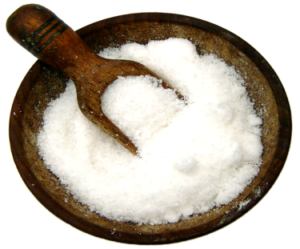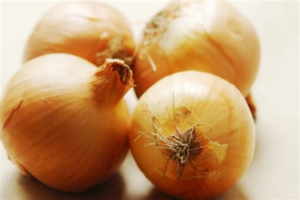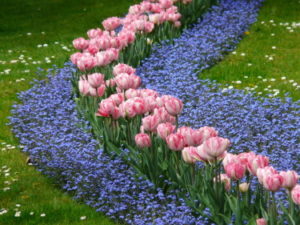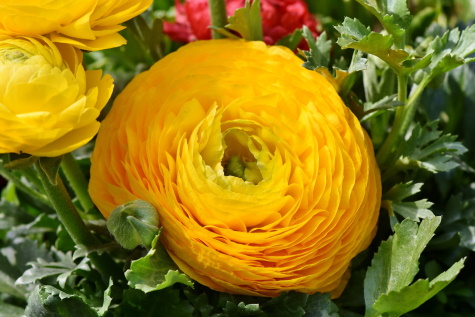
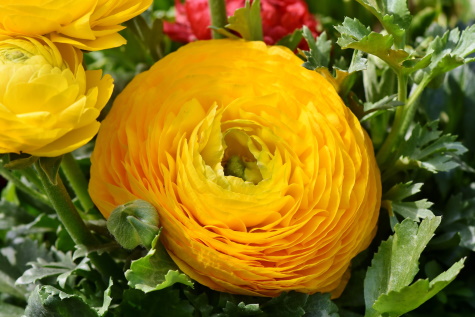

All you need to know about ranunculus:
Flowers are probably one the most extensively beautiful creation’s of nature. From a small baby to the grown-up adults and even old aged people, you won’t find a single being that would dislike flowers because they attract all age groups.
In fact, flowers are a symbol of love and affection to many. And to be honest, why wouldn’t it be?
With all the bright colors and the sweetest fragrance you could ever come across, flowers enhance the beauty of the earth. Especially if you are a nature-loving person, plants and flowers are your ultimate source of happiness.
If you love gardening, it’s like a meditation to grow beautiful plants and flowers in your garden, terrace, or whatever place you like to grow them in.
The species of plants and flowers in the world are pretty outnumbered, and all are unique in their own ways. But the most adored ones are those that have bright and exotic blossoms and are eye-catching and execute the finest of nature’s art.
Topping this list is obviously, the rose often called as the king of flowers. But there are many other plants that bear the most unique and fascinating flowers.
However, If you want variety but still want to stick to your rose obsession, we have the second-best option for you. You can always go for the one that is often referred to as the rose of the spring.
“Ranunculus”. It belongs to the Ranunculaceae family that includes the widespread ranunculus species, what you commonly recognize as buttercups, spearworts or water crowfoots.
Let’s have a sneak peek to the features of the ranunculus family.
Table of Contents
Where is ranunculus family native to?
Ranunculaceae or the buttercups is a comparatively large family with around 500 species distributed throughout the world. They are commonly spotted growing in the Northern temperate regions. The origin of this plant is not confined to a single region.
Some of the species are known to be native to Eurasia, like the wild tall meadow buttercups, and some belong to the American wetlands like the swamp buttercups. Hence, the North American continent seems to be the homeland of these vividly beautiful flowering plants. However, in the present time, it can be found growing all over the world.
What do the leaves and flowers look like?
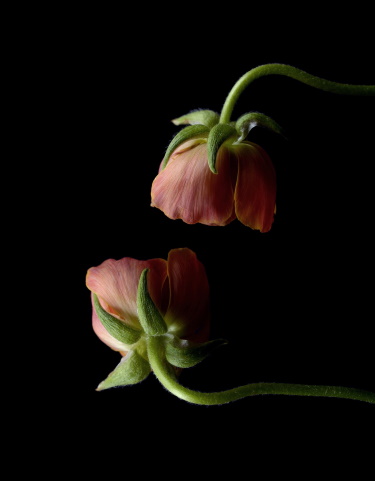

The buttercup flowers bloom in the most vibrant shades of white, green, yellow, red, purple and pink. That’s pretty vast, right? Well, why wouldn’t it be it is the rose of the spring.
And like the rose, it also has a variety of colors for the admirers. There are usually three to five petals that are arranged in a concentric manner. The leaves are usually green turning into yellow when not cared properly.
The flowering periods last from winter to early spring, i.e. for about two to three months. And the flowers at this time are at the peaks of beauty and vibrancy.
What is the plant used for?
Though the most celebrated use of buttercups is as an ornamental plant, it has also been seen to have some therapeutic and medicinal uses. On the one hand, where it enhances the elegance of the garden or your plant rack. On the other hand, it has some amazing medical benefits.
It can help in relieving muscle pain and act as a rubefacient
It has an anti-rheumatic effect and relieves arthritis pain.
It is antipyretic and can reduce fever.
Since the plant is mostly a decorative masterwork, it mostly prevails among the gardeners and also preferred to be home-grown. Ranunculus is a must-have for the gardening lovers. If you have a garden of yours and you’re a fan of cut flowers, you would love how easy it is to grow and care for this flower. Which by the way can last 10 days in a vase!
How to plant ranunculus in different settings:
As I said earlier, ranunculus is a perennial plant so you can plant your favorite species anytime throughout the year. However, there are certain time periods and conditions when the plants give the maximum number of flowers. So it is preferable to plant your Ranunculus bulbs in those seasons. Like the spring or late fall is most likely to give more blooms.
The temperature suitable for the plants is more towards the cooler range like 10° F or so to be clear this is for the roots. The plant itself can handle 20 F. As they are a frost hardy cool season perennial.The sprouting or cultivating period is around 90 days.
The soil and water conditions are also important to note. Otherwise, the leaves can turn yellow and die. The soil should be moist enough to keep the plant from drying, but soggy soil won’t work for this plant, so make sure to avoid excessive watering. You can incorporate certain fertilizing agents in your regular garden soil to make the plants healthier.
Fertilizers that works best in case of buttercups are peat moss, organic compost, manure or plant husks.
You can use seeds, bulbs or stem cuttings for the germination of your buttercup plants. The bulbs work best after soaking so soak your bulbs and once they’re all plumped up, hurry them in the soil. This entails you soaking the bulbs 3-4 hours with warm water. Allowing them to soak under running water provides extra oxygen. During this time you will notice they will double in size! Pre sprouting will cause you to see blooms a few weeks sooner.
A quick tip: You don’t want the water to stand still on the soil, so if your soil isn’t draining well; change your spot right away.
The above-mentioned points are ideal for growing the plant in an outdoor setting if you want to know the tips of growing ranunculus in a container, jump to the below caption.


Want to know the growing tips of ranunculus in a container?
The two things to consider here are the tuber or bulb size and the container size. The tuber can be a giant of about 3 inches, bearing around 30-35 flowers while the smaller can be 2 inches in diameter and produce fewer flowers. Now pick your content accordingly. Spacing should be adequate like the 4-inch distance between smaller bulbs and 10 to 12 inch between the jumbo ones.
The bulbs have finger-like projections that need to be facing downward in the soil. Put them deep enough and cover with the regular garden soil mixture. Water your pot regularly until you see sprouts extending out of the soil.
Mind a Tip? Keep your buttercup containers in enough sunshine for increasing the flower count.
How to grow ranunculus in cold climates?
Are you concerned about your location’s freezing weather? Then that’s no problem because next, we’re jotting down all the essential points to take care when growing the buttercups in cold climates.
Though ranunculus is a winter lover, temperatures as low as 0-5°C can harm your plant and give freeze burns. So in freezing temperatures try to keep your plants in a warm environment or in the garden shades. Don’t switch the environment from extreme cold to extremely hot in winters or you will end up ruining your plant’s roots.
The key to saving your plants from the frost is to choose the location wisely.
Additional tip: If you are unable to change the location of your plants in freezing weather, just cover your whole garden of buttercups with a frost cloth.
Is ranunculus perennial?
Based on the seasons in which the plants bloom and live, annuals and perennials are the two types. We have already mentioned that ranunculus is perennials, but why? Because according to the US Department of Agriculture, the ranunculus is perennial and can be grown throughout any of the four seasons. But thanks to the advancements in agricultural sciences, the buttercups can also be grown annually.
Many species are seen to be grown perennially like the Persian buttercup, i.e., Ranunculus asiaticus or the creeping buttercups, i.e., Ranunculus repens. However, the same species can be grown annually if you plant them before the winters and cut off the dead stems when the frost season is finished.
How to grow ranunculus indoors?
The indoor planting conditions are pretty easy and manageable if you’re using a container for your indoor garden. Chose a considerably big container that can hold around 2 to 3 small forms/bulbs at a single time. That too with at least 3 to 4 inches apart because ranunculus plants tend to grow aggressive roots that can overcrowd. You can grow a larger number of flowers by a bigger bulbs. Plant your bulbs at a 2-inch depth in the soil and cover it completely with the soil
After planting, keep this pot or container in a place that is exposed to sunlight. No matter if it’s a southern or eastern exposure, just make sure to flood your plant with enough sunlight during the germination period. Once you see the rootlets growing from the bulbs, it is ready to give flowers in a few weeks. Keep your watering balanced to avoid rotting or drying of the plant.
A tip that would work here: when planting indoors, keep your plant away from pets and children because they are sometimes allergic and even poisonous too. So a little care can go a long way.
Happy planting!

